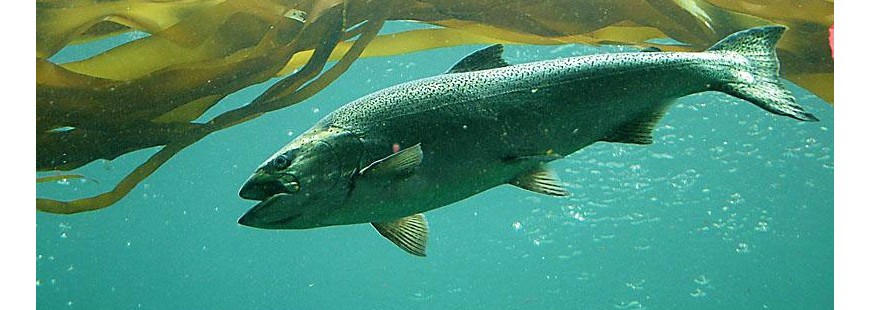Let it be known that February 18th, 2016 marked the first day in history that a broad-based group of stakeholders from around the Columbia Basin came together to start a conversation on how to recover the 13 listed species of salmon and steelhead in the Columbia River and its tributaries. A landmark day indeed.
I was fortunate enough to be one of the stakeholders invited to the meeting, and was skeptical, like many of my more experienced colleagues that have participated in similar processes, only to feel that their time and passion was to be shelved like so many other “collaborative” processes before. What I found particularly intriguing was the fact that most citizens believe true salmon restoration takes place in the wooded wetlands of our forests and farmlands. That simply isn’t the case.
At stake is likely the region’s greatest collective effort to restore listed runs of salmon and steelhead that some scientists believe numbered up to 16 million returning adults prior to European settlement. Now, in a good year, maybe 2.5 million salmon and steelhead return to the Columbia River Basin with well over 60% of those from hatchery origin. It’s unfathomable, the amount of damage we can cause in just over a century of “progress.”
This process, whether it succeeds or not, is a true testament as to where real recovery can come from (read: indoors, not in the field). We strive to adopt consensus policy that the stakeholders themselves will have to shepherd through the political channels that most Americans believe are highly dysfunctional at this time (otherwise known as Congress).
Wheat farmers, irrigators, barging interests and, of course, salmon advocates, not fully knowing who their neighbor is, are all sitting down together in what will likely be a multi-year process to see what gains we can make for a keystone species that enabled the Pacific Northwest to get settled. It’s a long-overdue conversation, and it will be a tedious one, but it offers the only other promise for recovery besides litigation.
The conservation community continues to win the litigation battle. With the fourth court battle on the federal government’s Biological Opinion still waiting for a judgment from Judge Simon, history is on our side. Conservation groups have won the previous three lawsuits, including the court ordered flow and spill regime currently in place on the Columbia River, largely responsible for the remarkable salmon and steelhead returns we’ve witnessed in recent years.
We only have one meeting under our belt, but the standard positioning is already taking place within the group dynamic. Conservationists want to flex their previous victories under the safeguard of the Endangered Species Act, and industry wants to tout its role in economic stability to the region. There will certainly be barriers to break down, but no matter what interest you represent, stakeholders all want the same thing: an end to the gridlock and litigation that continues to keep the species from recovery.
We’ll go through the standard “workshops” and education phase, which I’m sure we all have something to learn from, and eventually get to the true stakeholder group that will ultimately determine the fate of this process. It seems unlikely that we’ll create some innovative way to achieve consensus, but all parties need to remain hopeful. We are all certainly motivated.
At least in this day and age, we can all move past prescriptive theories on what’s causing the decline of salmon. Advocates have heard it scores of times before: salmon are the victims of a thousand cuts. Kind of hard to keep hope alive when you’re up against those kinds of odds, huh?
We’re going to be over-using phrases such as carrying capacities, predation factors and, of course, the big four: hatcheries, harvest, habitat and hydro, as defined by the Bush Administration already a decade ago. After billions of dollars in studies and countless measures to restore the species, we likely have enough science to tell us where the greatest bang for our buck is. It’s likely to take a strong facilitator and a very understanding and flexible stakeholder group to move the needle on this issue. Most feel the federal fisheries agencies themselves have been stymied by politics itself that’s keeping recovery from moving in a productive direction these days.
From the forest to the sea, we’ve all had a collective impact on the current state of affairs for the five species of Pacific salmon. What makes recovery even more challenging is that it’s a regional issue instead of a national one. Just like any piece of legislation or federal initiative, it’ll take more than a few motivated Congress folk to prioritize the issue of salmon recovery in the western states.
I think most Americans would agree that we’ve dramatically changed the land and waterscape in and around our nation, to the point where if we don’t take a serious look at how we do business, we won’t be in business much longer. Much is on tap in the lame duck: predation, reauthorization of Magnuson-Stevens and a fourth ruling on the Biological Opinion just to start. And if we don’t learn how to have a productive conversation amongst stakeholders, we’re going to be looking for reactionary measures to the serious problems that lie ahead, instead of reaping the benefits of sound natural resource policy.
Chinook salmon photo courtesy of NMFS


